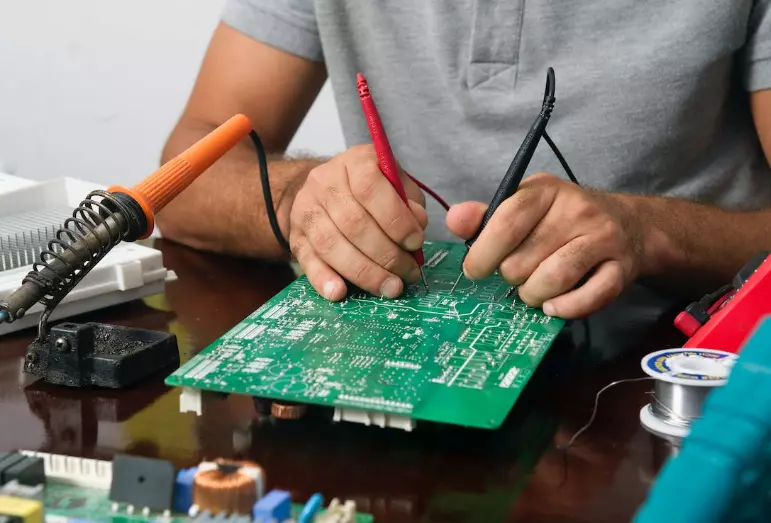Laptops have become an integral part of our daily lives, providing mobility and connection to the digital world and distant areas of the Earth. But what to do if your faithful companion began to show signs of malfunction? There are things that you can do yourself to repair the faulty laptop and bring it back to life.
Diagnosing the problem
Step 1. Noticing the signs of malfunction.
The first and most important step is to analyze the signs of malfunction. Perhaps your laptop won’t turn on, gets really slow, or its screen remains black. Keep these factors in mind to determine exactly what you’re dealing with.
Step 2: Check the hardware.
- Battery and charger. Make sure the battery is charged and the charger is properly connected. Sometimes, improper connection can create the appearance of a malfunction.
- Hard disk and RAM. Try restarting the laptop and listen carefully to the sounds it makes. Clicking or constantly blinking indicators may signal a problem with the hard disk or RAM.
- Peripherals. Disconnect all external devices and see if they affect the laptop’s operation. Sometimes, faulty devices can cause conflicts and lead to malfunctions.
The most common laptop malfunctions (and how they manifest themselves)
- Battery and charger problems (your laptop won’t charge, drains quickly).
- Freezing and slow performance (user response is too slow, programs freeze when they shouldn’t normally, given the device’s nominal quality).
- Black screen (the screen remains blank or does not turn on with the laptop).
- Hard disk problems (clicking sounds, slow booting, data loss).
- Keyboard and touchpad problems (the keys or touchpad don’t work the way they should, ghost typing starts happening).
- Wi-Fi and network connectivity problems (no Wi-Fi access, slow internet speed).
- Noise and overheating (fans get unexpectedly loud, the laptop itself palpably overheats).
- Sound problems (no sound at all, various distortions, noise).
- Screen problems (dead pixels, streaks or other image defects emerge).
- Operating system problems (you get the famous Blue screen of death, OS booting errors).

Finding Solutions
Step 3. Search for help online
- Official documentation. Manufacturers often provide detailed guides to help you solve typical problems – look for those on their websites. Study the official resources of your laptop brand.
- Community forums. Laptop user communities are typically active in discussing various problems and proven solutions. Look for help on popular IT forums – it can be of great benefit indeed.
Step 4. Verification and software solution
- Reboot in Safe Mode. Booting in Safe Mode can help to identify whether the problem is software-caused or hardware-related.
- Update drivers. Outdated or corrupted drivers can cause crashes. Try updating the drivers associated with the problem-ridden device.
Service center vs do-it-yourself repair
Step 5. Assess the complexity and risks
- Complexity of the problem is a serious question. Assess how difficult the problem is going to be for you to solve. Simple tasks such as replacing a key can be done at home. However, complex problems such as replacing the motherboard require professional skills.
- Risks of self-repair should also be taken into account. Remember that improper repairs can make the situation worse. If you are unsure, it is better to contact professionals.
Step 6. Path-choosing decision
- Self-repair. If you have enough knowledge and are confident in your abilities, follow official guides and online resources. Remember to be cautious and precise.
- Deciding to contact a service center. If the problem seems rather complicated or you don’t want to take any chances, entrust the repair to professionals. This will ensure quality of the whole process and minimize the risks.
Conclusion
You should never forget about the condition and performance of your laptops, computers, drones, etc. Repairing a laptop in particular can be a doable task, if you have certain knowledge of computer hardware and a willingness to follow instructions. However, don’t hesitate to seek help from specialists if you encounter serious problems.
In New York City, Repairs Bay professionals are ready to help residents and visitors alike. Whenever you need it, these high level technicians will provide their assistance. But, no matter where you are, try to contact trustworthy experts in your area to extend the flawless service of your devices and save yourself time and energy for the future.